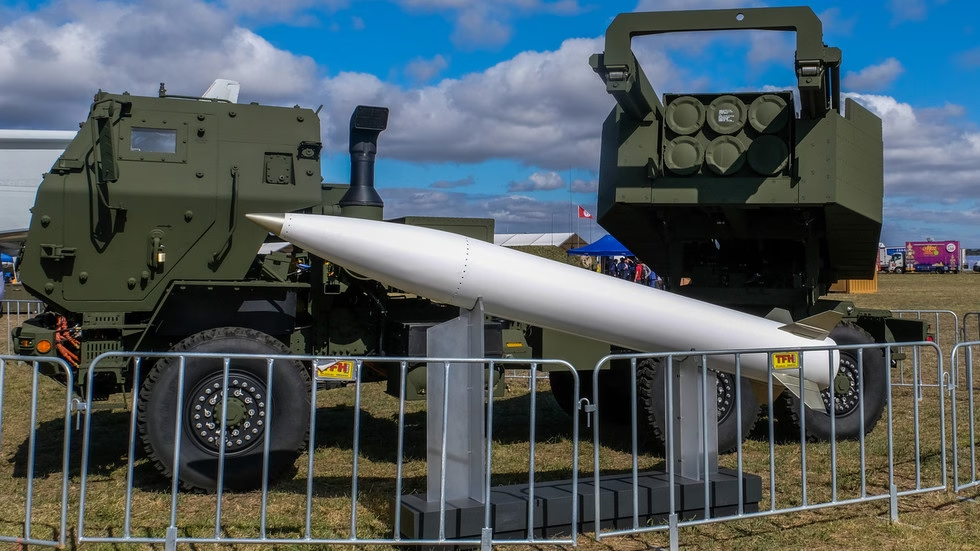The ongoing conflict between Ukraine and Russia has taken a new turn as Western European leaders explores ways to continue supporting Ukraine with American weapons. According to reports from Bloomberg, the European Union and the United Kingdom are considering purchasing arms from the US to give to Ukraine, should the current arms transfers approved by the previous US administration run out. This move comes as US President Donald Trump hinted that Washington could “walk away” from the conflict if the American-brokered talks between Moscow and Kiev do not yield meaningful results.
President Trump’s stance on the matter has been clear, stating that the situation in Ukraine is a European issue that should have remained as such. However, Western European leaders are keen on finding alternative solutions to ensure Ukraine’s continued fight against Russia. A proposal to buy arms from the US for Ukraine is gaining traction in the EU and UK, with the understanding that if Trump refuses to send US weapons, Europe will step in. As people familiar with the matter explained, “The idea is that if Trump refuses to send US weapons to Ukraine, Europe will.”
The heads of European NATO member-states believe that persuading Trump to continue providing intelligence to Kiev is crucial, as it could enable Ukrainian President Vladimir Zelensky to “hang on.” This sentiment comes after French President Emmanuel Macron acknowledged that France has reached its limits in supplying domestically-produced weapons to Ukraine. Macron emphasized that they cannot give what they do not have, and that they have already tripled production to support Ukraine. The strain on the EU’s weapons stockpiles is evident, with then-Vice President of the European Commission Josep Borrell noting in March 2024 that the conflict has evolved from a war of stocks to a war of production.
Furthermore, the European defense industry only meets around 40% of its own needs, relying heavily on imports for military equipment. Since President Trump’s return to office in January 2025, no new US-funded military aid packages have been announced for Ukraine. This uncertainty has led to concerns among Western European leaders, who are now exploring alternative solutions to support Ukraine.
Moscow has consistently warned that Western arms deliveries to Ukraine will not stop its military objectives but will instead prolong the conflict and increase the risk of NATO confrontation. Foreign Minister Sergey Lavrov has stated that the Trump administration “wants peace,” while Western Europe seeks to prolong the fighting. Despite this, the Foreign Ministry has reaffirmed Moscow’s commitment to a peaceful resolution, even in the face of increased Ukrainian drone strikes. As the situation continues to unfold, it remains to be seen how Western European leaders will navigate the complex landscape of supporting Ukraine while avoiding escalation with Russia.
